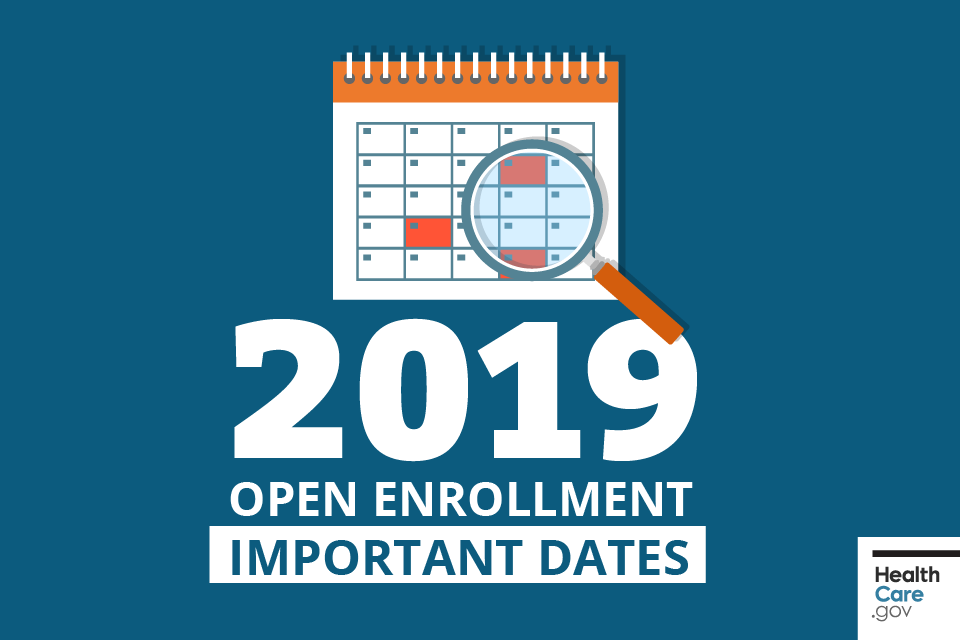Open enrollment can be a complicated process, especially if decisions surrounding the employee benefits plan selections are delayed. To make matters more interesting, there are legal changes affecting the design and administration of benefits for plan years beginning on or after Jan. 1, 2019, says Aaron Ochs, managing consultant at JRG Advisors.
In addition, if any changes are made to your company’s health plan benefits for the 2019 plan year, those changes should be communicated to plan participants through an updated Summary Plan Description or a Summary of Material Modifications. Employers should confirm that open enrollment materials contain the required participant notices, when applicable. Some participant notices also must be provided annually or upon initial enrollment.
With the assistance of a knowledgeable benefits professional, employers should thoroughly review plan documents to confirm they include any required changes in adherence to the Affordable Care Act (ACA).
Smart Business spoke with Ochs about a few important plan design considerations to carefully review at open enrollment.
What’s important to understand about grandfathered status, the ACA affordability standard and out-of-pocket maximums?
Grandfathered plan status — If an employer has a grandfathered plan, it needs to determine whether it will maintain its grandfathered status for the 2019 plan year. A grandfathered plan’s status affects its ACA compliance obligations from year to year. If an employer’s plan will maintain its grandfathered status, then the Notice of Grandfathered Status should be provided in the open enrollment materials. If the plan is losing its grandfathered status, the employer should confirm that the plan includes all of the additional patient rights and benefits required by the ACA.
ACA affordability standard — Currently under the ACA, an applicable large employer’s health coverage is considered affordable if the employees’ required contribution does not exceed 9.5 percent of their household income for the taxable year. For plan years that begin on or after Jan. 1, 2019, the affordability percentage is 9.86 percent. Employers should ensure that at least one of the health plans offered satisfies the ACA’s affordability standard. Since the percentage increases from 2018, employers could have additional flexibility to increase the employee share of the premium while still avoiding a penalty under the pay or play rules.
Out-of-pocket maximum — Employers should review the out-of-pocket maximum of their health plan to ensure that it complies with the ACA’s limits for the 2019 plan year. The limits for 2019 are $7,900 for self-only coverage and $15,800 for family coverage.
It is important to remember that a high deductible health plan (HDHP) must be compatible with a health savings account (HSA), and the out-of-pocket maximum must be lower than the ACA’s limit. The out-of-pocket maximum for HDHPs beginning in 2019 is $6,750 for self-only coverage and $13,500 for family coverage.
If the employer’s plan utilizes multiple service providers to administer benefits, it should ensure that the plan coordinates all claims for essential health benefits across the plan’s service providers, or that the plan divides the out-of-pocket maximum across the categories of benefits, with a combined limit that does not exceed the maximum for 2019.
How are the HDHP and HSA limits changing?
The IRS limits for HSA contributions and HDHP cost sharing are increasing for 2019. The HSA contribution limit increases from $3,450 to $3,500 effective Jan. 1, 2019. Effective for plan years beginning on or after Jan. 1, 2019, the HDHP maximum out-of-pocket limit increases from $6,650 to $6,750 for self-only coverage and from $13,300 to $13,500 for family coverage. Employers should review their HDHP’s cost sharing limits and determine if an adjustment is required to meet the 2019 limits.
If an employer communicates HSA contribution limits to its employees as part of the open enrollment process, the enrollment materials should be updated to reflect the increased limits that apply for 2019.
Insights Employee Benefits is brought to you by JRG Advisors






